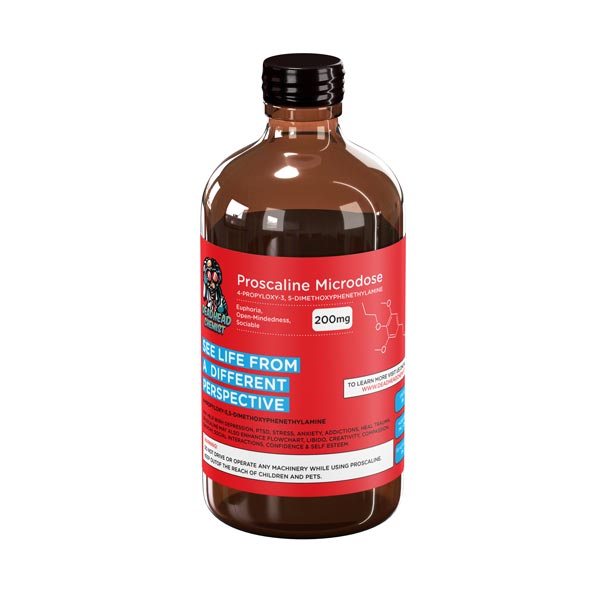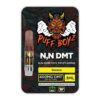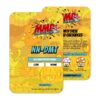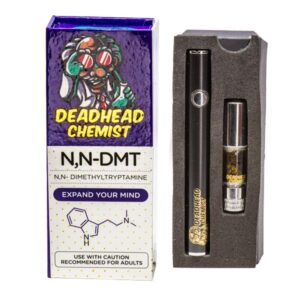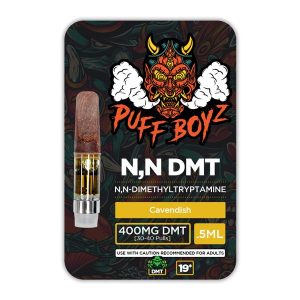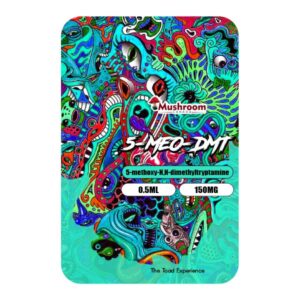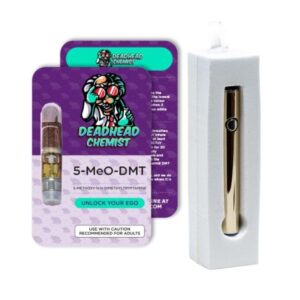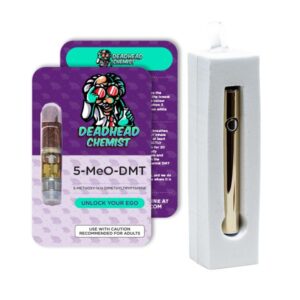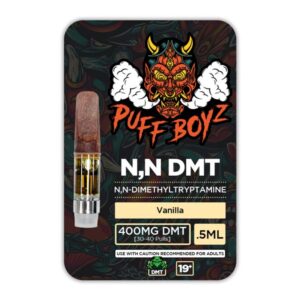Proscaline Microdose (Mescaline Analogue)
$200.00 $170.00
Microdose for sale
Microdose for sale (Mescaline) Analogue Microdosing Kit may help with depression, PTSD, stress, anxiety, addiction, heal trauma. Proscaline may also enhance flowchart, libido, creativity, compassion, empathy, social interactions, confidence & self esteem.
- 100mL
- 200mg Proscaline
- See Life From a Different Perspective
What is Proscaline?
Proscaline is a psychoactive compound of the phenethylamine class. This synthetic drug is closely related to more popular mescaline and causes similar effects.
MEASURING AND STORING YOUR PROSCALINE KIT
Ensure that the bottle is stored in a cool, dark location, and out of the reach of pets and children.
4-ACO-DMT, 1P-LSD, and Proscaline are very powerful chemicals, even in smaller doses. Make sure that your Proscaline bottles are kept in a secure container that can not be accessed by pets or children. The kit comprises a measuring cup and 200milligrams of Proscaline mixed with 100ml of distilled water. A regular microdose of Proscaline is either between 2 and 4 grams or 4 and 8 grams. You should shake the bottle well before using the content.
Note: Deadhead Chemist does not make any claim regarding the ability of this product to treat any mental health or other medical conditions, and it is only sold for research purposes. It is not sold for use in veterinary medicine or simple consumption by humans.
Proscaline, chemically known as 3,5-dimethoxy-4-propyloxyphenethylamine, is a type of phenethylamine that has a phenyl ring joined by an ethyl chain to an -NH2 amino group. Proscaline is made up of two functional groups, which are CH3O- (a functional group attracted to carbon atoms R3 and R5) as well as an extra propyloxy group at the carbon R4 in the phenyl ring. Proscaline is the 4-propyloxy analog version of mescaline, so it has one more carbon atom on its alkyloxy group than escaline, which is another similar chemical that is related to the mescaline analog.
The psychotropic effects of DMT were first studied scientifically by the Hungarian chemist and psychologist Stephen Szára, who performed research with volunteers in the mid-1950s. Szára, who later worked for the United States National Institutes of Health, had turned his attention to DMT after his order for LSD from the Swiss company Sandoz Laboratories was rejected on the grounds that the powerful psychotropic could be dangerous in the hands of a communist country.[11]
DMT is generally not active orally unless it is combined with a monoamine oxidase inhibitor such as a reversible inhibitor of monoamine oxidase A (RIMA), for example, harmaline.[4] Without a MAOI, the body quickly metabolizes orally administered DMT, and it therefore has no hallucinogenic effect unless the dose exceeds the body’s monoamine oxidase’s metabolic capacity. Other means of consumption such as vaporizing, injecting, or insufflating the drug can produce powerful hallucinations for a short time (usually less than half an hour), as the DMT reaches the brain before it can be metabolized by the body’s natural monoamine oxidase. Taking an MAOI prior to vaporizing or injecting DMT prolongs and enhances the
Reviews
There are no reviews yet.
Be the first to review “Proscaline Microdose (Mescaline Analogue)” Cancel reply
Related products
DMT CARTS
DMT CARTS

